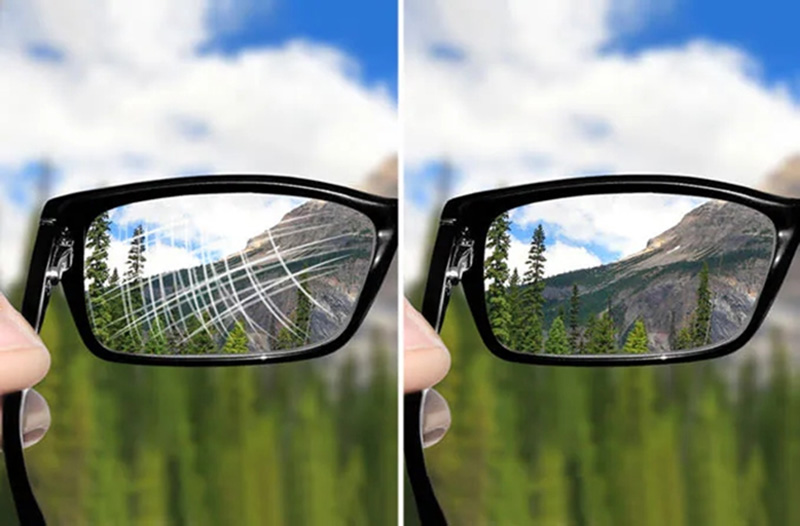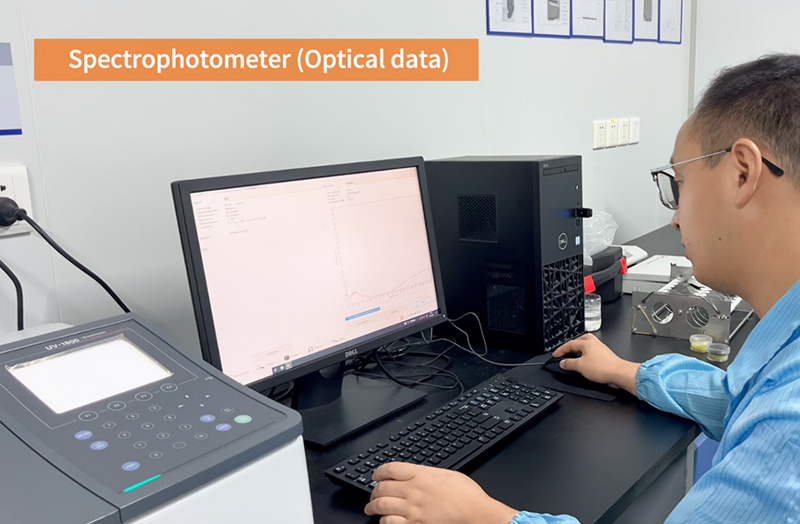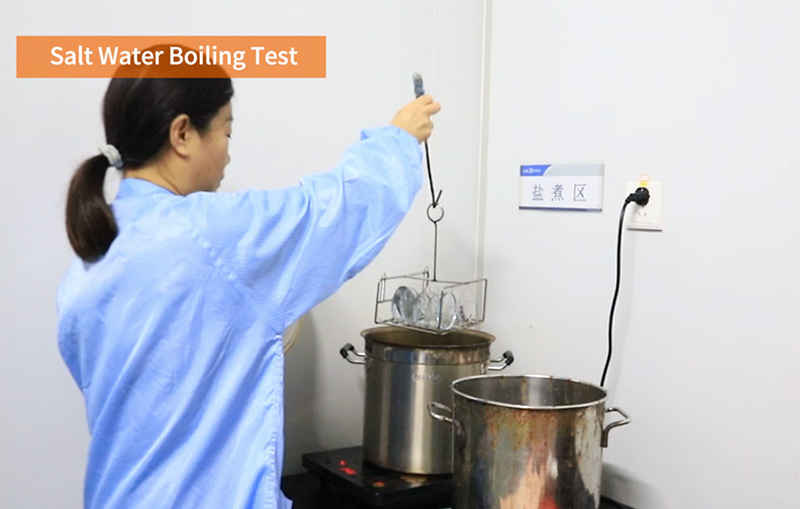Lens coatings play a crucial role in enhancing optical performance, durability, and comfort. Through comprehensive testing, manufacturers can deliver high-quality lenses that meet the varied needs of customers and standards.

Common Lens Coating Testing Methods and Their Applications:
Anti-Reflective Coating Testing
• Transmittance Measurement: Use a spectrophotometer to measure the transmittance of the coating to ensure it meets optical requirements.
• Reflectance Measurement: Use a spectrophotometer to measure the reflectance of the coating to ensure it meets designed specifications.

• Salt-water Boiling Test: it is a test particularly useful for evaluation on the adhesion and resistance of coatings to thermal shock and chemical exposure. It involves repeatedly alternating a coated lens between boiling saltwater and cold water within a short period of time, to observe and assess the changes and status of the coating.

• Dry heat Test: By placing the lenses in a dry heat testing oven and set the oven to a target temperature and maintain at the temperature to achieve reliable results. Compare the pre-test and post-test results, we can effectively evaluate the performance of lens coatings under dry heat conditions, ensuring the reliability and durability in real-life applications.

• Cross-hatch Test: this test is a simple yet effective method for evaluating the adhesion of coatings on various substrate lenses. By making cross-cuts on the coating surface and applying adhesive tape, we can assess how well the coating adheres to the surface.

• Steel Wool Test: it is used to evaluate the abrasion resistance and scratch resistance of lenses by applying a steel wool pad to the lens surface under specific pressure and friction conditions, simulating potential scratches in real-life use. By repeatedly testing different positions on the same lens surface, it can assess coating uniformity.

Hydrophobic Coating Performance Testing
• Contact Angle Measurement: By dispensing water or oil droplets on the coating surface and measuring their contact angles, the hydrophobicity and oleophobicity can be evaluated.
• Durability Testing: Simulate everyday cleaning actions by wiping the surface multiple times and then remeasuring the contact angle to assess the coating's durability.

These testing methods can be selected and combined based on different application scenarios and requirements to ensure the performance and durability of lens coatings in practical use.
Universe Optical is always focused on controlling and monitoring the coating quality by strictly applying varied testing methods in daily production.
Whether you are looking for standard optical lenses like on page https://www.universeoptical.com/standard-product/ or customized solutions, you can trust that Universe Optical is a good choice and a reliable partner.


